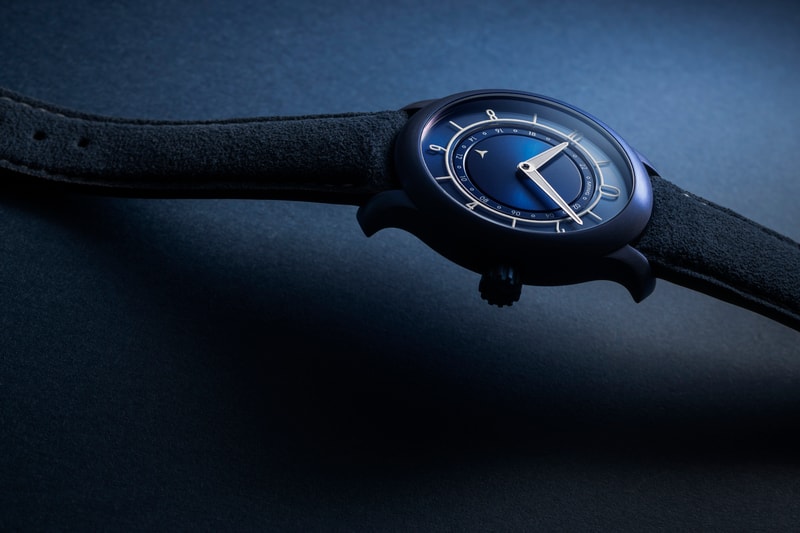
As the majority of the industry moves increasingly towards computer generated/ rendered imagery or very ‘casual’ photographs in candid settings, we continue to strive to present our watches in both the best and most real way possible. When photographing for other brands, I’ve always prided myself on using a lighting setup that does not require compositing of images to make the final photograph.
This is actually very important – especially in the case of any product photography for online brands – because it’s often the only chance a potential customer has to see a watch before purchasing. It is therefore critical that the pictures shown are realistic: given the same lighting setup, you should be able to see the watch the same way with your own eyes. Yes, the resulting images may be less sensational or punchy than something composited – but we hate to present something that isn’t physically possible. (Editor's note: we also suspect MT just likes to make his life difficult.)
But why composite at all? Because it makes it much easier to rid yourself of annoying reflections (rather than managing your lighting properly) and present each portion of the watch in the best possible way. It’s faster to do and requires less care, trusting the result to your retoucher’s Photoshop skills. It doesn’t necessarily mean it presents the entire watch realistically, which means there’s a high chance of disappointment in the metal. We aim for the opposite: images that still show the full breadth of personality of the piece under different light (and of course still make it look good) but at the same time – leave you with a much more positive impression in the metal. I would much rather people say ‘it looked good in the images, but better in reality’ or ‘your photos don’t do it justice’ than the other way around.
In reality, we view a three dimensional object from two slightly different perspectives since our eyes are separated; our brains combine the image to form a composite that cannot be achieved by a single perspective recording device (i.e. a camera) because there is no depth information or alternate light rays. It is why we can never – short of stereophotography – achieve the same effect in a still image. You can easily see the effect of this by holding your head still and closing one eye, then the other: the scene suddenly goes flat, but at the same time you’ll also notice it’s slightly different from each eye. The closer you get to the subject, the more different each perspective is (because the relative angle of separation between them increases); the more ‘three dimensional’ we perceive the scene to be.
Just one more example of going the extra mile to do things right – it probably doesn’t do any harm that the watches were designed to be very dynamic in the way they interact with light in the first place…
- MT





